The basement is almost complete and the first phase of neoTerra is coming to an end. The first phase has focused on passive design (i.e. passive solar and tight construction) to reduce energy consumption and on the the use of durable, low-maintenance materials to reduce the long term cost and effort to maintain the structure.
The second phase will investigate active system to further reduce consumption or produce energy.
Last winter we added a high-efficiency wood stove which I hope will provide 1/3 to 1/2 of our winter heat. This year we will add a small array of solar panels and this post will discuss some of the initial considerations and analysis.
Solar Potential
NREL (the National Renewable Energy Lab) has a treasure trove of information on solar energy. As the following diagram illustrates, the best solar potential is in the Southwest which has an arid climate and uninterrupted sunshine. The Southeast has good solar potential (about 5 kWh/meter/day) and enjoys a lush climate. I love Appalachia !!
Georgia - An Anti Solar State
Georgia is a seriously anti-solar state which makes installation of solar panels much less cost effective. Nevertheless, I enjoy a challenge so I've been spending a good deal of time trying to design a solution with a reasonable payback period.
SolarPowerRocks.com produces an annual "Solar Report Card" ranking all of the states. For 2017 Georgia comes in at an appalling 37th out of the 50 states.
To make matters even worse, That report card is based on Georgia Power which at least pays full price for any excess energy that you produce.
Here in North Georgia we are part of Amicalola Electric, a rural cooperative that is only obligated to pay 3.8 cents per kWh for power sent back to the grid. As a matter of public policy, the Georgia Rural Cooperatives are on record stating "[they] have opposed unreasonable regulations such as the EPA's Clean Power Plan (CPP)".
To put this in concrete terms, Georgia Power charges about 12 cents per kWh and pays the consumer 12 cents per kWh for any over production. If you oversize your array you will at least be compensated and it will not effect the eventual payback period.
Amicalola, on the other hand, charges approximately 10.5 cents per kWh but only pays 3.8 cents for overproduction. If you oversize your array then you are essentially donating 6.7 cents per kW to the utility company. In other words, if you oversize your array by any significant amount then the payback period will be NEVER-EVER.
Right Sizing
In an environment where you are penalized for supplying energy back to the grid it becomes especially important to optimize the size of your solar installation. Just as the corporate euphemism of "right-sizing" really means "down sizing", optimization of the solar array always means reducing the array to just below your minimum demand.
Optimization
There are several aspects or constraints that need to be considered to achieve a cost-effective design in a solar hostile environment.
- Available Space - what is the largest array that could be installed
- Minimum Need - what is the minimum amount of solar production that you require (this could be zero if you are only trying to reduce your monthly bill)
- Minimum Demand - What is the lowest monthly load.
On the surface this seems pretty straightforward. However, solar production changes from month-to-month with much more in the Summer when days are longer and substantially less in Winter. If you live in an arid, air-conditioning climate, then this might align with your needs. But, for the rest of us, it is generally the opposite of what we require.
Let's look at some of the different considerations and constraints. I will be using neoTerra as a concrete example. Your Millage May Vary (YMMV).
Available Space vs Production
I hope that it's obvious that the more space you have, the more energy you can produce. neoTerra was primarily designed as a passive solar structure so the major roof (over the great room) slopes to the North. A North slope is not suitable for solar production.
We have enough South facing roof over the bedroom wing to carry 20 standard size solar panels. This will allow a maximum of 5.8 - 6.2 kW, depending on the grade (efficiency) of the panels.
The actual solar production changes from month to month. As an example, let's consider a 6kW array and use the tool at NREL to calculate the approximate monthly production for North Georgia. Note that the tool takes the latitude, longitude and estimated cloud cover into consideration. The following diagram shows the estimated production of a 6kW array located at neoTerra on a 2:12 slope roof facing south.
Theoretically, this array would produce about 850 kWh in May (when we need it the least) and about 400 kWh in January (when we need the most).
When we built neoTerra we installed two separate circuit panels. One supplies the critical circuits such as the well, refrigerator, microwave, some lighting and networking. The other panel supplies everything else.
We have been monitoring the use of both panels for over a year and have established that we use approximately 350 kWh/month for the critical circuits. We would like to have enough solar power to run the critical circuits during an extended (several day) power outage.
- In the event of a real power outage we would probably use a bit less power than what we have recorded... For example, I doubt that we would be watering plants or taking long, cold showers during a power outage.
The conclusion is that a 6kW array would be more than sufficient to meet our minimum need.
Minimum Demand
As mentioned earlier, this topic is not a concern if you live in a state / utility that pays you a fair price for the energy you produce. But, here in Georgia, I want to meet my Minimum Need while avoiding overproduction, if possible.
The following chart shows the theoretical output of a 6kW array versus our actual energy use over the past two years. The theoretical array would produce slightly more energy than our minimum months from 2016 and slightly less than our current use in 2017. A 6kW array appears to be optimal.
Conclusions
A 6 kW array would likely meet our minimum needs in the low production Winter months and would not significantly overproduce in the Summer months.

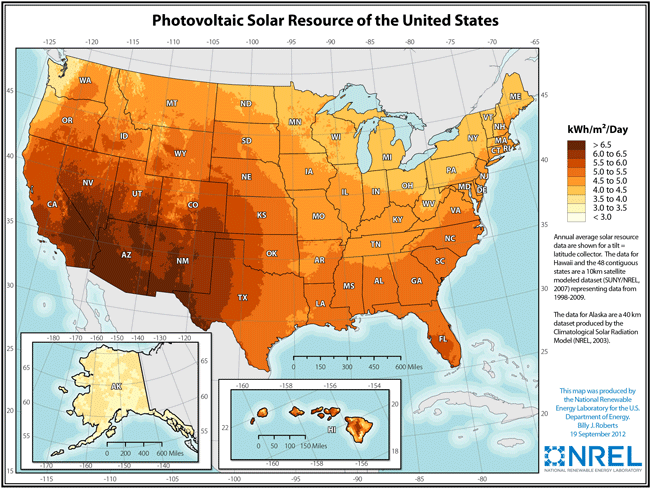

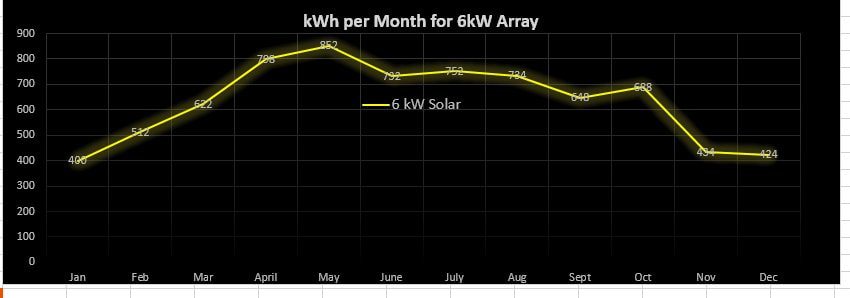
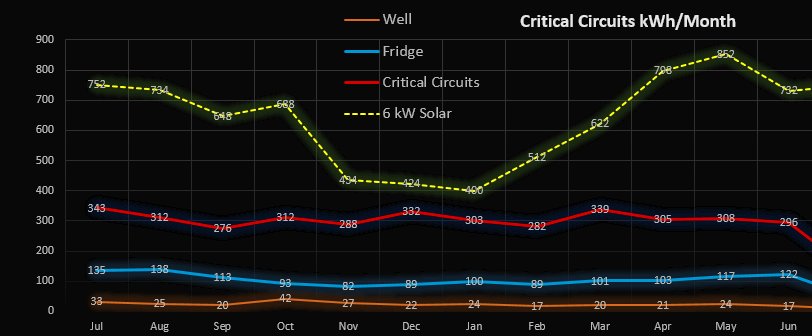
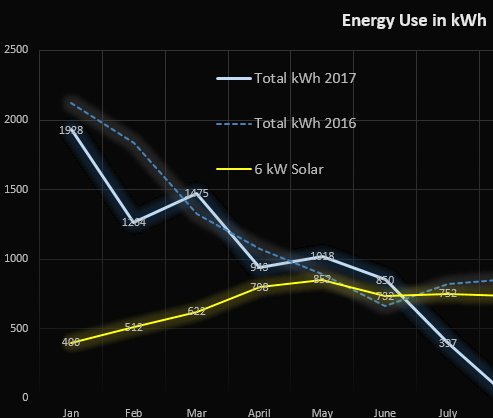
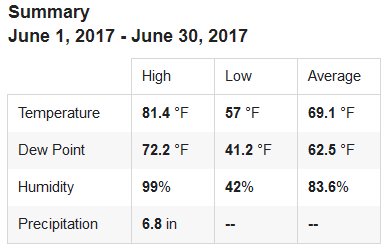
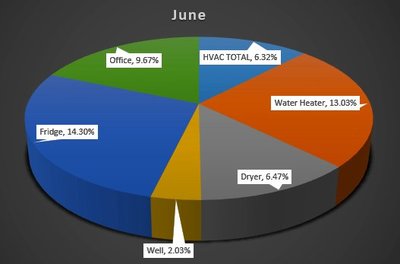



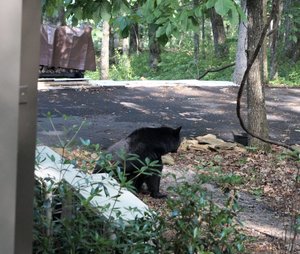
 RSS Feed
RSS Feed